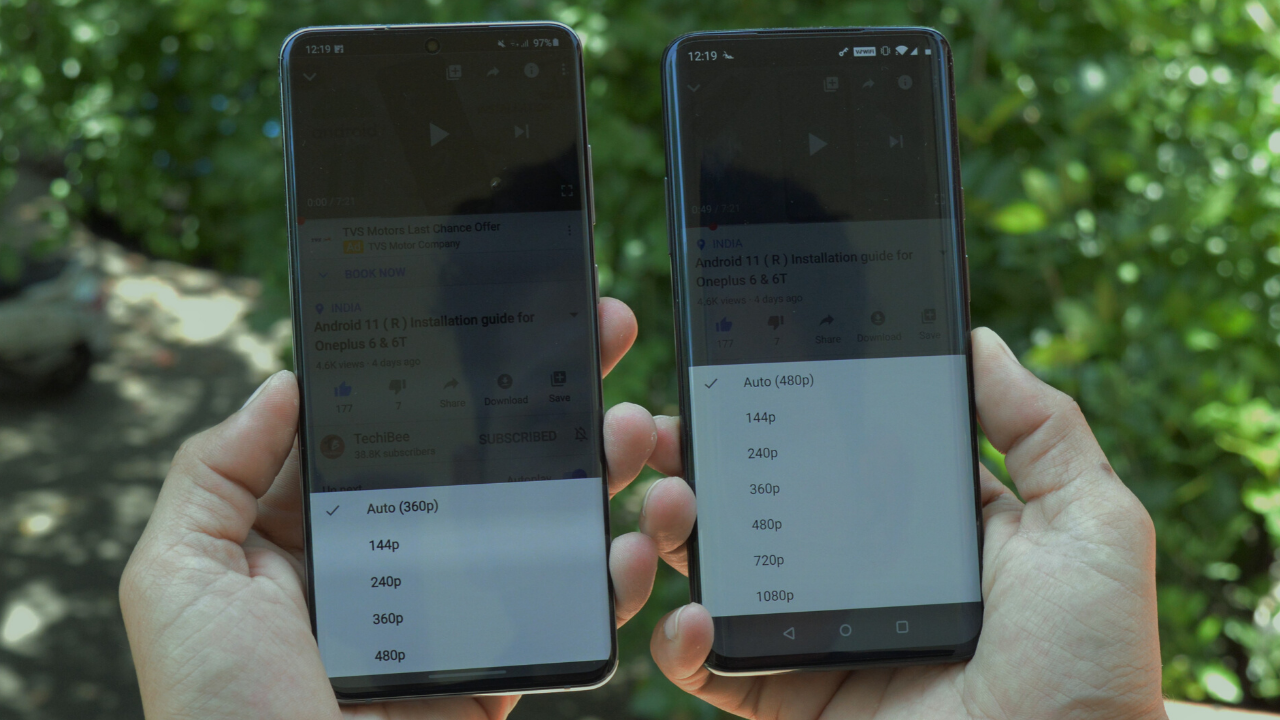Samsung has had multi window functionality for a while but the Galaxy S9 and Galaxy S9+ have a way to use most apps in a floating window mode now.
The traditional multi window feature has had quite a unique history when it comes to Android devices. For years we could only use multi window on devices from select OEMs that built the feature into their flavor of Android (such as Samsung and LG). Over time though, the feature became more and more popular so Google built this functionality directly into the core Android OS.
So now that all Android devices can take advantage of the two-panel multi window feature we have seen Samsung adding more options.
Floating window, or floating applications is what some companies have been calling a unique version of multi window. Instead of dedicating your entire screen to two different applications floating window does exactly as it sounds. It treats an application like the Windows desktop operating system does. This way you can have multiple applications in small, sizable windows spread across the screen. There are two different ways that you can trigger this feature on the Galaxy S9 and Galaxy S9+ and I’ll be talking about both methods here today.
The method mentioned in the step by step guide is how Samsung has it setup by default. I will be talking about the gesture option down in the explanation section since it requires you to enable the feature before it will work.
Using the Galaxy S9 Floating Window Feature
- Open an application you want to use in floating window mode
- Tap the Home button
- Open another application you want to use in floating window mode (optional)
- Tap the Home button again
- Now you can tap the Recents button
- Locate the application you want to use as a floating window
- Then long press on that application’s title bar
- Now you can drag that application ard to the blue box that appears in the bottom half of the screen
- And the application will go into floating window mode on the Galaxy S9
Explanation
As mentioned, there are a couple of different ways that you can make an application go into the Galaxy S9 Floating Window mode. Before, this feature was only possible with very few applications (like the calendar, calculator, etc.) but it should now work on all applications that support Android’s multi window feature. We can trigger this by opening up an application or two that you want to use in floating window mode on the Galaxy S9 or the Galaxy S9+. Basically, we just want the apps sitting in the Recents page since that is how we trigger it.
Once you have the apps available in the Recents page we can then tap the Recents button to view all of those cards. Now you will want to long press on the title bar (or the name) of the application you want to use in floating window mode. Once you tap and hold you should see a blue box appear at the top of the screen and another should appear in the bottom half of the screen. Dragging this application card to the top will use it in the traditional two panel multi window mode.

But we can drag this application card to the blue box in the bottom half of the screen and that will open it up in floating window mode. So just drag it to the blue box at the bottom and then lift your finger/thumb off the screen. You should see it appear as a floating window when you can then resize, move around, hide, or expand it to fill the entire screen. Now, Samsung has also built in a gesture that you can use to make an application go into floating window mode without doing it from the Recents page.
To do this though, you will need to go into the Settings application and then tap on the Advanced Features option. In there is a Multi Window option to tap on and this is where you can enable the floating window gesture. This feature is labeled Pop-up View Action and the toggle is disabled by default. So tap on the toggle and so you can start using it. This gesture is activated by swiping from the top left corner diagonally to the middle of the screen. It can take a few tries to get it to trigger though.
I had difficulties getting this to work in apps that have an overflow menu hidden to the left of the application. Some swipes would expand the notification shade while others would expand the overflow menu. So just be aware of that and know that you can also make an application on the Galaxy S9 or Galaxy S9+ go into floating window mode directly from the Recents page.




How can we make it permanent? I made my messaging app permanently floating but I don’t remember how I did it